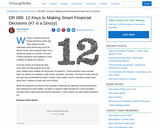
Article describes strategies for making personal financial decisions
- Subject:
- Business and Information Technology
- Career and Technical Education
- Material Type:
- Reading
- Reference Material
- Author:
- Rob Berger
- Date Added:
- 05/29/2018

Article describes strategies for making personal financial decisions

Students participate in a puzzle activity to identify leadership characteristics that Abraham Lincoln possessed. They review the changes in the redesigned $5 note and consider how LincolnŐs leadership characteristics contribute to the fact that he is pictured on the $5 note. Students look at a timeline of LincolnŐs life and identify significant events in his road to the White House. They play a game to review content learned in the lesson.
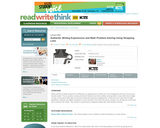
Students use their emerging writing skills to write shopping lists. They work within a budget, use problem-solving skills to create lists, and buy their favorite treats at the class store.
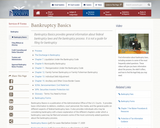
These short videos explain bankruptcy a legal process that provides relief to many individuals who can no longer pay all of their debts.

Students will learn that money is an invention. They will read and analyze an essay focusing primarily on one aspect of Ben FranklinŐs lifeŃhis work as a printerŃand how he was an inventor and entrepreneur who also promoted the use of currency in the United States. Students will cite specific textual evidence regarding problems and solutions and will answer questions and complete a timeline. By using evidence and information gleaned from text, students will write a fictitious social media post defending the selection of Ben FranklinŐs portrait for the $100 note.
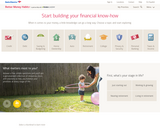
Bank of America and Khan Academy created an online partnership to educate consumers about the basics of personal finance and money management. Students sign up for free and can accumulate points and earn badges on many topics including credit, taxes, personal banking/security, saving, school expenses, home buying, car buying, and debt. Tools include informative videos, infographics, key takeaways, and short quizzes.
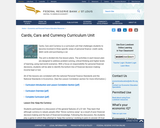
Cards, Cars and Currency is a curriculum unit that challenges students to become involved in three specific areas of personal finance: credit cards, debit cards and purchasing a car.

Give a customer the correct amount of cash back in all "big bills."

Students learn that what you read in books can really add up when they analyze literary texts for economic concepts.
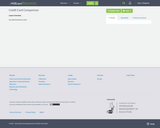
See attached lesson plan
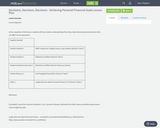
Lesson Objective: At the completion of this lesson, students will have a better understanding of how they make informed personal decisions that can affect income generation. Supplies Needed: Student Handout 1 SWOT Analysis for College Choices (2 per student) (found in Task 3) Student Handout 2 Definitions and Risks (found in Task 5) Student Handout Answer Key 2 Definitions and Risks (found in Resource Library) Teacher Resource 1 Five Paragraph Essay Rubric (found in Task 7) Video 1 Laugh and Learn about Personal Finance (3:17) (found in Task 1) References Econedlink: Council for Economic Education. (n.d.). Economic Glossary. Retrieved from http://www.econedlink.org/economic-resources/glossary.php Laugh and Learn about Personal Finance – InvestorED.ca by GetSmarterAboutMoney.ca. Retrieved from https://www.youtube.com/watch?v=w_mU8VX1Arc MBA dictionary. (n.d.). Retrieved November 15, 2014, from MBAResearch and Curriculum Center

Fill out forms to deposit cash and a check.
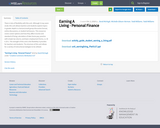
There is lots of flexibility with this unit. Although it may seem small, this unit allows teachers and students explore topics in greater depth in a lecture/small group discussion format, online discussions, or student led lessons. This resources covers career options and how they affect income and standard of living; calculation of take-home pay; practice with simple tax returns; and basic employment forms, i.e. W-4, W-2.
The strength of this unit is the flexibility it provides for teachers and students. The structure of this unit allows for a variety of instructional stategies to be utilized.

Launched in 1997, the site provides tools to help parents as well as educators teach children to manage money wisely and develop good financial habits: the building blocks for a secure future. Provides both content information and interactive activities for all age groups.

Students make sense of dollars and cents when they study the importance of saving and budgeting in this lesson.
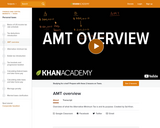
Tnis 4-minute video lesson provides an overview of what the Alternative Minimum Tax is and its purpose. [Core Finance playlist: Lesson 149 of 184]
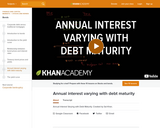
This 3-minute video lesson looks at how annual Interest varyies with debt maturity. [Core Finance playlist: Lesson 135 of 184]

This 8-minute video lesson provides thinking about how hedge funds are different from other institutions. [Core Finance playlist: Lesson 132 of 184]

This 4-minute video lesson looks at the relationship between balance sheets and income statements. [Core Finance playlist: Lesson 108 of 184]

This 4-minute video lesson looks at using a cash flow statement to reconcile net income with change in cash. [Core Finance playlist: Lesson109 of 184]